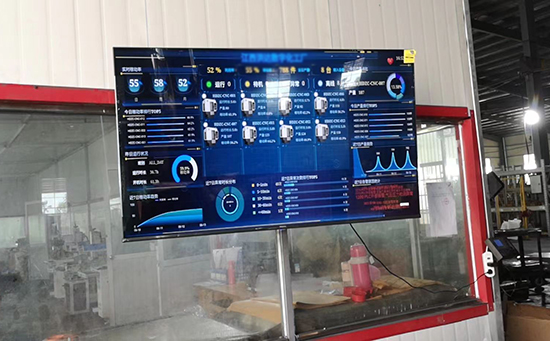ERP系統 & MES 生產管理系統
10萬用戶實施案例,ERP 系統實現微信、銷售、庫存、生產、財務、人資、辦公等一體化管理
Understanding and Utilizing the Average Function in Excel
Microsoft Excel, a cornerstone of productivity software suites, offers a multitude of functions designed to simplify data manipulation and analysis. Among these, the Average function stands out as a fundamental tool for calculating the mean value of a set of numbers within a specified range. Whether you’re a seasoned analyst or just beginning to explore Excel’s capabilities, understanding how to leverage the Average function effectively can significantly enhance your data processing efficiency.
What is the Average Function?
The Average function in Excel, denoted as AVERAGE(), computes the arithmetic mean for a range of cells. It takes into account only the numerical values within the specified range, ignoring empty cells, text, and logical values. This function is particularly useful in scenarios where you need to quickly determine the central tendency or typical value of a dataset.
How to Use the Average Function
To apply the Average function, select the cell where you want the result to appear and input “=AVERAGE(“. Next, specify the range of cells containing the data you wish to average, ensuring to close the parentheses to complete the formula. For instance, “=AVERAGE(A1:A100)” computes the average of values in cells A1 to A100.
Advanced Features and Options
Excel offers several advanced features to enhance the functionality of the Average function. You can use conditional statements within the function to exclude specific values or criteria from the calculation. Additionally, combining Average with other functions like IF(), SUM(), or COUNT() allows for more sophisticated analyses, such as averaging values based on specific conditions or subsets of data.
Practical Applications in Data Analysis
In real-world applications, the Average function plays a crucial role in various fields, including finance, statistics, and scientific research. Analysts use it to compute average sales figures, determine mean test scores, or calculate average monthly returns on investments. Its versatility and simplicity make it indispensable for both simple calculations and complex analytical tasks.
Common Errors and Troubleshooting Tips
While using the Average function, encountering errors such as DIV/0! (dividing by zero) or VALUE! (non-numeric data) is possible. Understanding these error messages and their causes can help in troubleshooting your formulas effectively. Always ensure that your data range contains consistent numerical values to avoid computation errors.
Conclusion: Enhancing Data Analysis with Excel’s Average Function
Mastering the Average function in Excel empowers users to streamline data analysis processes and derive meaningful insights efficiently. By leveraging its capabilities to compute averages across datasets, Excel facilitates informed decision-making and fosters deeper understanding of numerical data. Whether for financial modeling, academic research, or business reporting, proficiency with the Average function is a valuable skill in harnessing Excel’s full potential for data-driven tasks.












 咨詢顧問
咨詢顧問